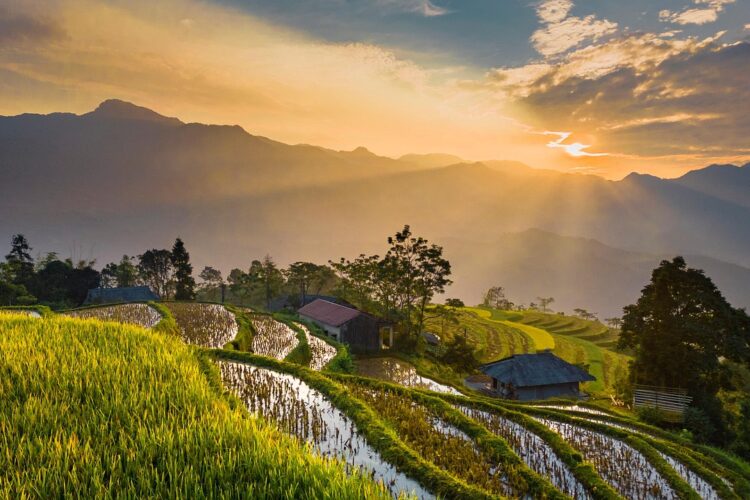Christmas is celebrated across the globe, but it’s far from a one-size-fits-all holiday. Different cultures bring unique customs, traditions, and practices to this beloved time of year, creating a rich tapestry of festive celebrations that reflect local history, faith, and community values. From the twinkling lights of European Christmas markets to the vibrant parades of Latin America, each country has its way of commemorating the birth of Christ and sharing joy with loved ones.
In this post, we will explore Christmas traditions from around the world, highlighting the diversity that makes the holiday so special. Whether it’s the intricate nativity scenes in Italy, the festive fireworks in Colombia, or the heartwarming Christmas feasts in the Philippines, these global customs offer a deeper appreciation of how people of all backgrounds come together to celebrate this meaningful season.
The Heart of Christmas Traditions
At its core, Christmas celebrates the birth of Jesus Christ, an event that has shaped Christian faith and culture for centuries. While the meaning of Christmas remains universal, the way it’s celebrated varies greatly depending on cultural influences, geographic regions, and religious interpretations.
For many, Christmas is a time of reflection, community, and family. Traditions often reflect these values, combining religious practices with festive elements such as food, music, gift-giving, and decorations. Exploring Christmas customs from different parts of the world helps us recognize the beauty in diversity while also connecting us to the shared themes of hope, love, and joy that unite all who celebrate this sacred holiday.
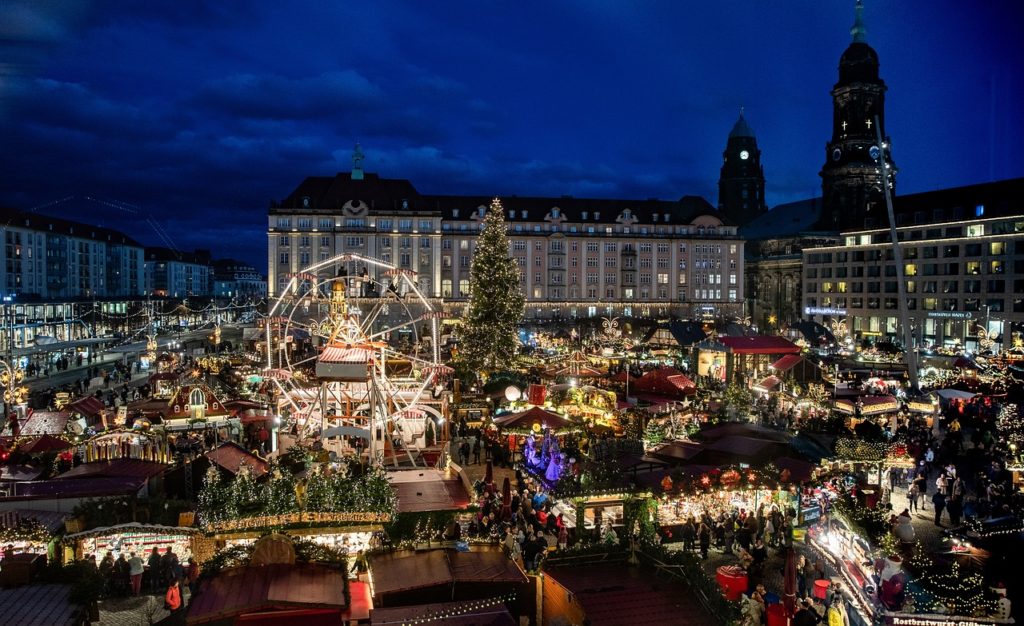
European Christmas Traditions
Europe, with its centuries-old Christian history, is home to some of the most cherished and well-known Christmas traditions. These customs vary widely across the continent, from the quaint and cozy to the grand and majestic.
1. Germany: Christmas Markets and Advent Calendars
Germany is often considered the birthplace of many beloved Christmas traditions, including the Christmas tree (Tannenbaum) and the Advent calendar. German Christmas markets, or Weihnachtsmärkte, are especially famous, attracting visitors from all over the world. These markets feature handmade crafts, delicious seasonal treats like gingerbread (Lebkuchen) and mulled wine (Glühwein), and twinkling lights that create a festive atmosphere.
Advent: In Germany, Advent is celebrated with both an Advent wreath (Adventskranz) and an Advent calendar. Each Sunday leading up to Christmas, a candle is lit on the Advent wreath, symbolizing the coming of Christ. The Advent calendar, often filled with chocolates or small gifts, helps count down the days until Christmas.
Spiritual Reflection: These customs emphasize anticipation, reflection, and preparation for the celebration of Christ’s birth.
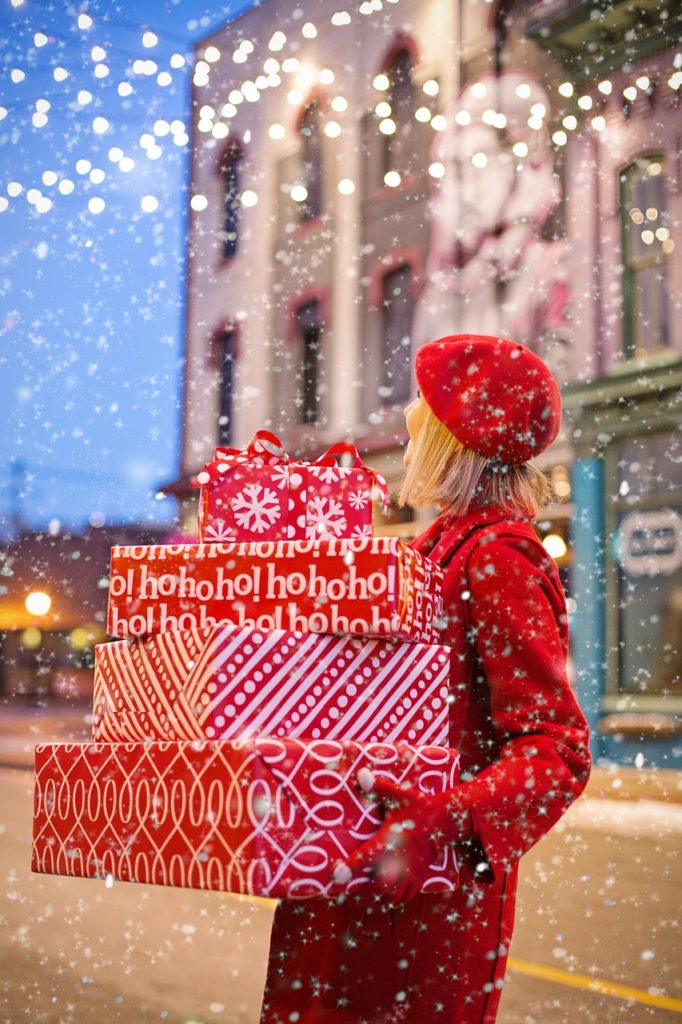
2. Italy: Nativity Scenes and Midnight Mass
In Italy, Christmas is deeply rooted in religious tradition, with a strong focus on the Nativity scene (Presepe). These intricate displays often depict not only the birth of Christ but also the surrounding village life. Families create their own Nativity scenes at home, while larger, more elaborate versions are displayed in public squares and churches.
Midnight Mass: Christmas Eve is a particularly sacred time in Italy, with most Italians attending La Messa di Mezzanotte (Midnight Mass). This celebration marks the culmination of the Advent season and is followed by a family feast and the exchange of gifts.
Feast of the Seven Fishes: In southern Italy and among Italian-American communities, Christmas Eve is often celebrated with the Feast of the Seven Fishes, a meal consisting of seven different seafood dishes. This tradition reflects the Roman Catholic practice of abstaining from meat on certain holy days.
Spiritual Reflection: Italian Christmas customs focus heavily on the religious aspect of the holiday, with prayer, reflection, and family-centered celebrations.
3. France: Christmas Eve and Yule Logs
In France, Christmas is a time for family and faith. Christmas Eve is particularly significant, marked by a special family meal called Le Réveillon, which takes place after Midnight Mass. The meal typically includes traditional dishes like roasted meats, foie gras, and the famous Bûche de Noël, a cake shaped like a yule log.
Provençal Traditions: In the region of Provence, Christmas is celebrated with Les Treize Desserts, a selection of 13 desserts that represent Jesus and the 12 apostles. The desserts are served after Midnight Mass and include nuts, fruits, and sweet pastries.
Spiritual Reflection: French Christmas traditions highlight the importance of gathering with family, enjoying festive meals, and honoring religious practices.

Latin American Christmas Traditions
In Latin America, Christmas is a time of lively celebrations, blending Catholic faith with indigenous and Spanish influences. The holiday is marked by vibrant festivities, communal gatherings, and deep-rooted religious observances.
1. Mexico: Las Posadas and Piñatas
In Mexico, Christmas celebrations often begin on December 16 with Las Posadas, a nine-day reenactment of Mary and Joseph’s search for shelter. Each night, participants go door-to-door, singing and asking for lodging, until they are welcomed into a home where the evening culminates in prayer, feasting, and celebration.
Piñatas: During Las Posadas and other Christmas gatherings, piñatas are a common sight. The seven-pointed piñata represents the seven deadly sins, and breaking it symbolizes the triumph of good over evil. The piñata is filled with candies and fruits, and children take turns trying to break it open while blindfolded.
Spiritual Reflection: Las Posadas emphasizes the Christian values of hospitality, compassion, and perseverance, reminding participants of the journey of the Holy Family.
2. Colombia: Día de las Velitas and Christmas Fireworks
In Colombia, the Christmas season begins on December 7 with the Día de las Velitas (Day of the Little Candles), when families and communities light candles and lanterns to honor the Virgin Mary. This creates a breathtaking display of lights throughout cities and villages.
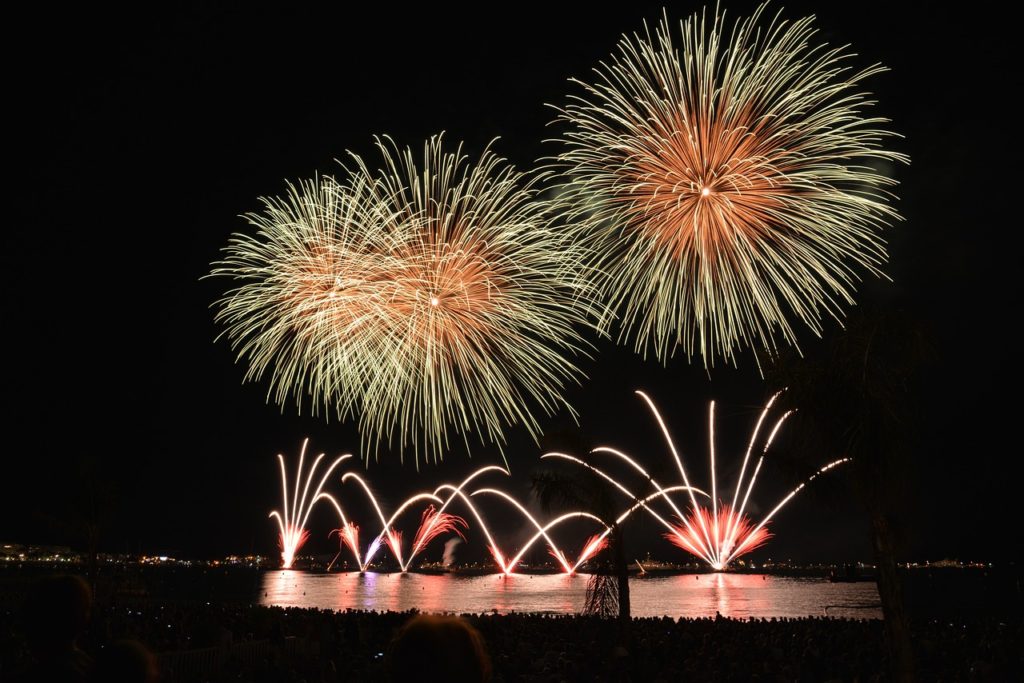
Christmas Eve Celebrations: On Christmas Eve, known as La Nochebuena, families gather for a large feast, attend Midnight Mass, and celebrate with fireworks, music, and dancing. In Colombia, the most important day of celebration is Christmas Eve rather than Christmas Day itself.
Spiritual Reflection: The lighting of candles represents the light of Christ and the purity of the Virgin Mary, while communal celebrations strengthen bonds of faith and family.
3. Venezuela: Roller Skating to Church
One of the most unique Christmas traditions in Venezuela is the custom of roller skating to church for Misa de Aguinaldo, a special early morning Mass held from December 16 to 24. In Caracas, the capital city, streets are often closed to cars so that families can skate to church together.
Spiritual Reflection: This joyful and unconventional tradition brings communities together in celebration, emphasizing fun and fellowship as key aspects of the Christmas season.
African Christmas Traditions
In Africa, Christmas is often celebrated with an emphasis on community, church services, and festive gatherings. Though the continent is vast and diverse, certain themes such as togetherness, generosity, and faith are central to many Christmas celebrations.
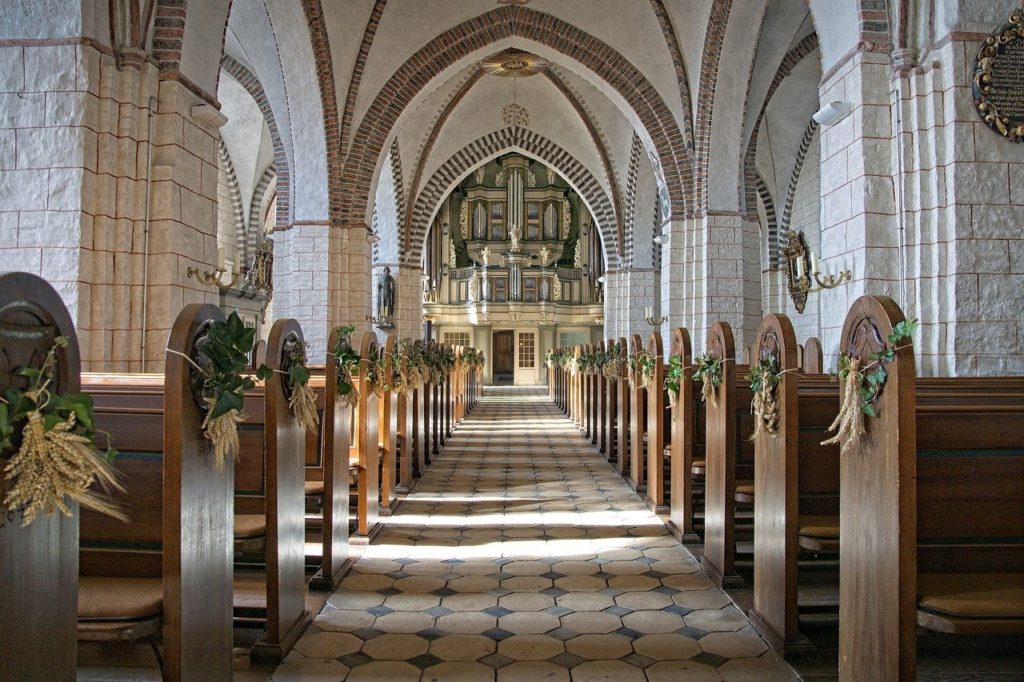
1. Ghana: Church Services and Festivals
In Ghana, Christmas is a deeply religious holiday marked by special church services and community festivals. In the days leading up to Christmas, families attend church services that feature singing, dancing, and reenactments of the Nativity story.
Christmas Eve Celebrations: On Christmas Eve, churches across Ghana hold vigil services, which include carols, prayers, and sermons that last late into the night. After the service, families celebrate with a festive meal, often featuring traditional dishes such as fufu and jollof rice.
Spiritual Reflection: Christmas in Ghana centers on faith and worship, with an emphasis on giving thanks to God for the birth of Christ.
2. South Africa: Outdoor Celebrations and Braai
In South Africa, Christmas falls during the summer season, making it an ideal time for outdoor celebrations. Many families gather for a braai (barbecue) on Christmas Day, enjoying grilled meats, salads, and traditional desserts.
Carols by Candlelight: A popular tradition in South Africa is Carols by Candlelight, where communities gather in parks or outdoor venues to sing Christmas carols together, creating a warm and festive atmosphere.
Spiritual Reflection: South African Christmas traditions emphasize the joy of togetherness, family, and the celebration of Christ’s birth in a relaxed and communal setting.
Asian Christmas Traditions
In many Asian countries, Christmas is celebrated by a minority Christian population, but the holiday’s joyful spirit often extends beyond the religious community, blending cultural influences with Christian practices.
1. The Philippines: Simbang Gabi and Parols
In the Philippines, Christmas is one of the most important holidays of the year, celebrated with vibrant festivities and religious observances. Simbang Gabi is a series of nine dawn Masses held from December 16 to 24, culminating in the Misa de Gallo on Christmas Eve.
Parols: A key symbol of Filipino Christmas is the parol, a star-shaped lantern that represents the Star of Bethlehem. Parols are often made of bamboo and paper and are displayed in homes, streets, and churches as a symbol of light and hope.


